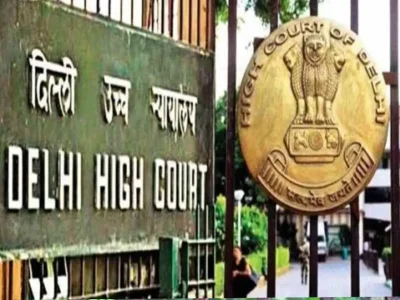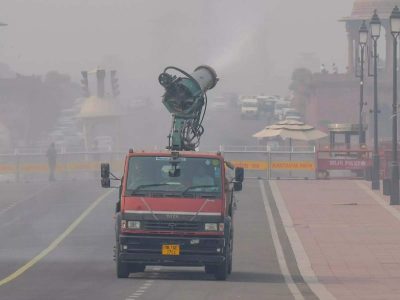Call him old and this ‘Father of Indian photography’ proves you wrong within seconds. At 80, he laughs like a child, cracks juvenile jokes like a schoolboy, drives to highest peak of Himalayas like a fresh youth and gets rebuked from wife to “grow up now” as his grandkids find their all-time play mate in him.
His phone’s caller tune indicates at his wisdom and finest taste in arts — it rings of music maestro Kumar Gandharv’s rendition of a raga.
This is Raghu Rai for you. The ace photographer who spent his entire life in shooting across the country and globe, wrote 60 books, has been with who’s who of politics, films, all arts and spirituality, and is still curious to travel with his heavy lenses on his fragile shoulders.
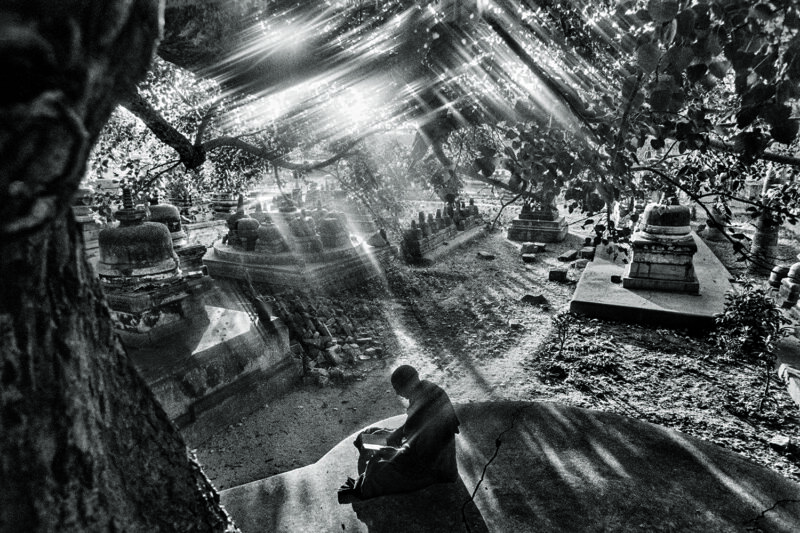
Personalities like Mother Teresa, Dalai Lama, Indira Gandhi, Bismillah Khan, Satyajit Ray, historical events like Bhopal Gas Tragedy, places like Mumbai, Varanasi, Taj Mahal are among his books.
The making of a lensman
Rai always had a tendency for creating good compositions, be it in food or photos.
“Your awareness, alertness and consciousness can bestow you with Divine gifts for the path you want to travel”, has been his philosophy of life. His first step into photography, interestingly started with becoming a home chef first!
He was living with his elder brother S Paul, passionate music and photography lover in Defence Colony as a boy in 1963. They would eat out in a dhaba close by. Fed up, once Rai offered his brother to cook at home.
“I first tried to know the taste and nutrition I was not getting in whatever I was eating out. With my awareness, alertness and consciousness, I mixed all that in my ingredients in right proportions. My first dish tasted like from an experienced chef. My brother was overjoyed. I also learnt to make round rotis.”
His composition had worked.
Just a few days later, his landlord, fond of photography, once came to them and said he was going on a shoot to his village in Rohtak.
“I was excited to see his camera. I requested my brother to give me his own amateur camera. I wanted to go with him and explore what it meant to shoot.”
As his first, Rai shot a “weary, cute, baby donkey instinctively”, at the dawn of the dusk in soft light. To his own surprise, this picture was picked by London Times which gave it half page display.
At Rohtak a year later, Rai’s second one was an old woman with a sugarcane stick with hundreds of children by her side, excited to be clicked.
“That old amma ji said, the child who gets clicked with me goes to my home and becomes mine. This filled me with love for her. I shot all kids escorting her. The picture was so endearing, that this too got printed in London Times.”
Now Rai knew what actually clicks with people and professionals: “warmth and emotions”.
He would travel across the country on roads, in buses, trains, by water or “just in any vehicle”, in streets, homes, gatherings, protests, celebrations, concerts, ashrams et al.
“The moment I would pick my camera, I would feel alive. People used to mock at me. ‘Are you mad? You keep on clicking just all the time?’ I would reply, ‘I am a robber. I am looting all that I can from anywhere I reach’,” his hearty laugh clues his contentment.
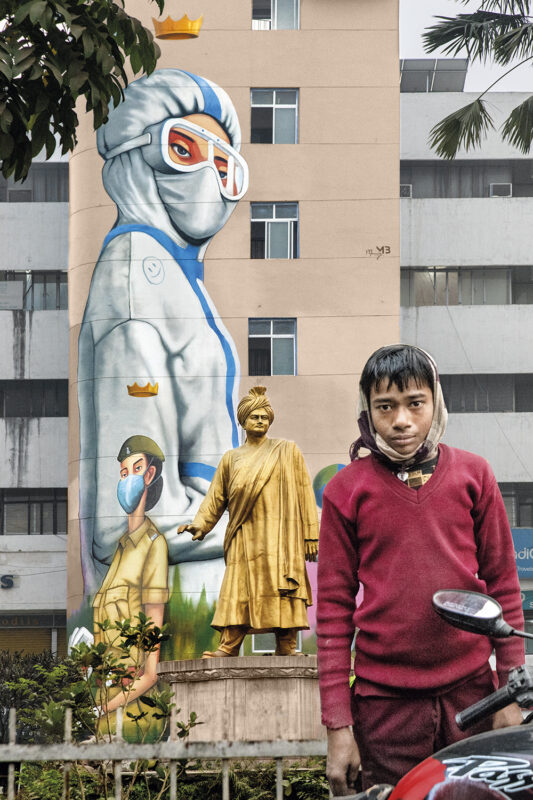
He kept on shooting. Within a year of learning to handle the camera, he got a job of a photographer with the Hindustan Times, the next year in 1965, with The Statesman as chief photographer.
“Our editor was a British then, Mr. Evan Charlton, his motto, ‘exploration and responsibility’ was the newspaper’s motto. This, Rai says, made him responsible.
Life now
Rai worked for newspapers and magazines Sunday Observer, India Today till 1998, then he decided to be on his own.
“I am still associated with Magnum Opus, (international photo giant). I actively shot for Time magazine too. But with economic slump, assignments have reduced considerably. But at 80, I can’t beg for work. I make enough with sales and exhibitions of my photographs.”
Rai married twice.
“My first marriage broke because of my carelessness. I made sure it didn’t happen in my next. Acceptance of mistakes and decision to rectify them for future, makes you responsible. Today I have a very happy married life and a great bonding with my first wife Usha too, with whom I have done six books.”
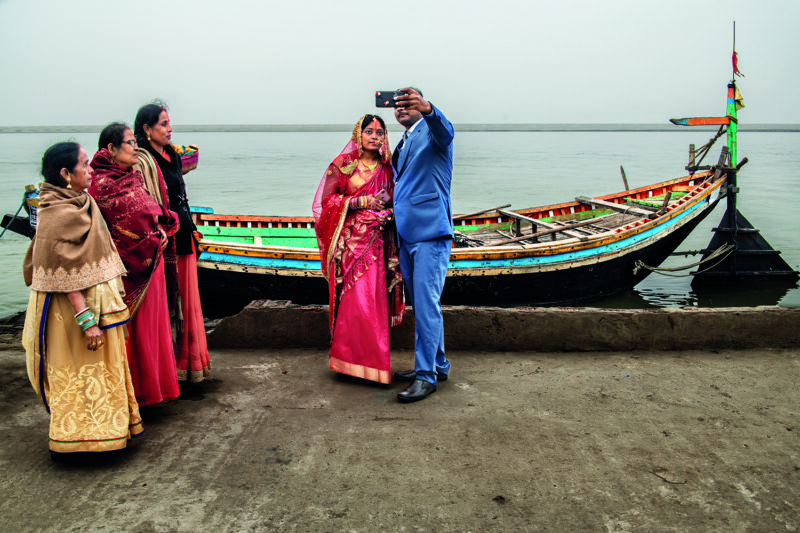
Exclusive: A new look at Ajanta Ellora
The restless Rai’s new book on “never seen aspects of Ajanta Ellora” will hit the stands within few months. The magnum opus of sorts will be published in collaboration with an Indian (Om Books tentatively) and American publisher to showcase India’s ancient treasures.
He promises to share more on release. However, an excited talker as he is, he cannot hide it all.
“There are so many books on Ajanta Ellora. For over 50 years many have tried to document the caves. I have read and seen all books on the subject. None of these document real rooh or the divinity it has. The published pictures/text, scholars say, are either exaggerated or often incorrect. They also have brown-greenish or yellow-greenish tinge. They look pale too.”
On finding for himself, Rai found that the caretakers do not allow cameras inside, warning the light will damage the paintings. But little do they know that in these years, the paintings of Ajanta have deteriorated because the engineers have no idea about how to preserve them.
“They have hung a tungsten and mercury light over them which are heavy, have high temperature that harm the paintings. In these lights, images look pale with distracting shades. If you go to European nations, their art and heritage paintings are highlighted with professional lights with zero temperature balanced with day-light. Our experts in Archaeological Survey of India (ASI) are useless. They could so well blend LED lights with zero temperature and new technology, so the paintings could be preserved well. Light arrangement ke hisab se wahaan jaa ke lagta ye to yateem khana hai (If you compare the light arrangement, this stands no match to theirs).”
Rai didn’t want bad quality photos. So, he used tripods with special permissions, some specific lights and worked on pictures, colour corrected them digitally.
“I promise you have never seen such shots earlier ever. In Ajanta, I saw monolithic sculptures carved inside. So many pillars intricately carved, each one different from the other. I was stunned at the mesmerising arts. In Ellora, there are three caves — Jain Caves, Hindu Caves and Buddhist Caves. There are so many carved teachings of Buddha everywhere there. I am shocked to know, that barely anyone has gone inside these caves, experienced and shot them. But I got special camera to shoot it all. So, in my book, you will see that after every few pictures, there is a centre-spread page showing the feel and look of caves’ inner view.”
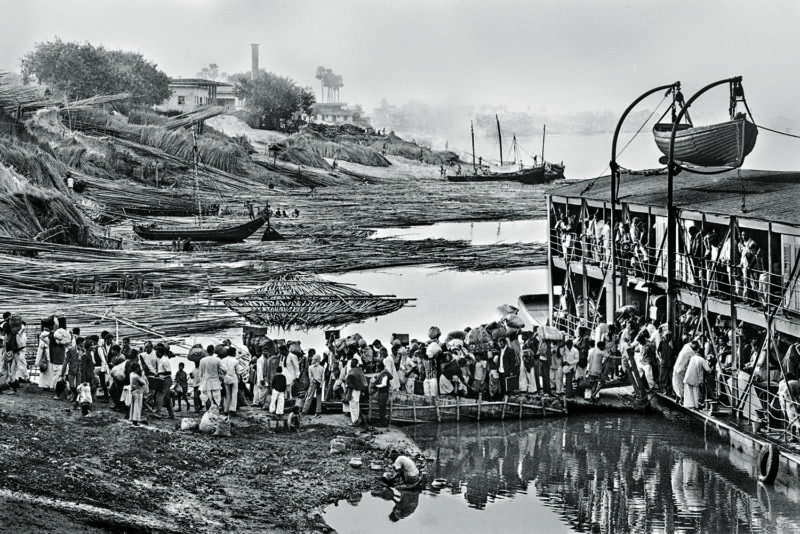
Beaming with joy, Rai credits his current wife Gurmeet Rai, an architect who was doing research for ASI on these caves, for telling him to discover the divine Indian art in them.
Book on Bihar
Rai had visited Bihar multiple times. “I would go to Bodh Gaya, where Buddha got his nirvana, thinking like a simpleton that I will also get the gyan he got here.”
Rai shot Bihar for 50 years, covered Jai Prakash Narayan Movement when he stood against India Gandhi during Emergency.
While recalling documenting Bihar then, Rai unfolds history.
“My creative editor at The Statesman, Desmond asked me to follow her. ‘We will do a book on him’, she said and inculcated the urge to do a photo book I had never even thought of at that young age. I went and saw that he (Jai Prakash Narayan) was stranded in his home with the workers of his Yuva Mukti Morcha. A curfew was imposed. No one could meet him. But he decided to go out. He called out his morcha workers to take out the jeep. I asked him if I could sit with the driver to shoot him as I didn’t want to sit behind him. He asked me, ‘how will you? It’s a small seat’. I said, ‘I shall manage’.”
He allowed.
Rai kept on shooting him and his followers who started swelling despite the curfew. The (Congress) government had ordered that he should not be disturbed or stopped for petty reasons – quite indicative of how the government machinery respected its statesmen then.
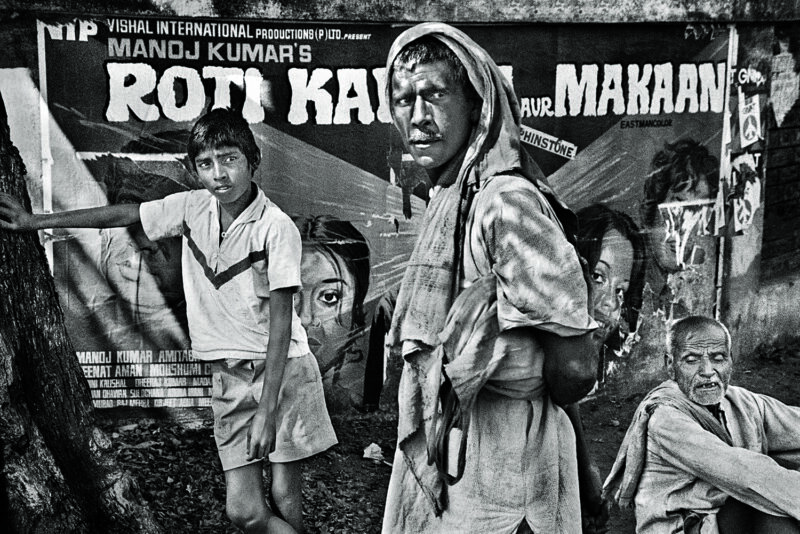
Though Narayan had asked his workers to keep on shouting the slogan ‘Dekho Dilli ki Rani, Janta kiske saath hai’ (Watch, queen of Delhi, the crowd is with him).
What made a historical shot was his arrival at the Vidhan Sabha. There were CRPF jawans who didn’t know who Jai Prakash Narayan was.
Out of ignorance, one of the sardars from CRPF lifted his lathi on him — though he didn’t hit him — while Narayan and his workers had already raised their hands in surrender.
“But what the crowd actually gathered was that he was hit by a lathi while in surrender. Only I knew the truth as I was with him and shot that picture. This photo printed in the newspaper not only made history (1964) but the then Home Minister Kasu Brahmananda Reddy, despite claiming that he was not hit, had to apologise.”
This picture turned Rai into a hero overnight.
Besides documenting historical Jai Prakash Narayan movement, the book includes his “roohani guru Dalai Lama’s visit to Bihar in 1975, 2016, and 2022, his “Kal Chakra teachings and mandala, then and now. Other photos include new developments in Bihar (old pictures in black and white and new ones in colour).
The old pictures are in black and white while the new ones are in colour.
It is of a size that’s unthinkable of a book – a mega 12×18 inches in 200 pages, titled, ‘Bihar that was and now’. The book was launched by Bihar Chief Minister Nitish Kumar in the state last year. Its introduction has been penned by writer and veteran journalist Usha Rai, who is Rai’s ex-wife.
Delhi still has to see its launch.



